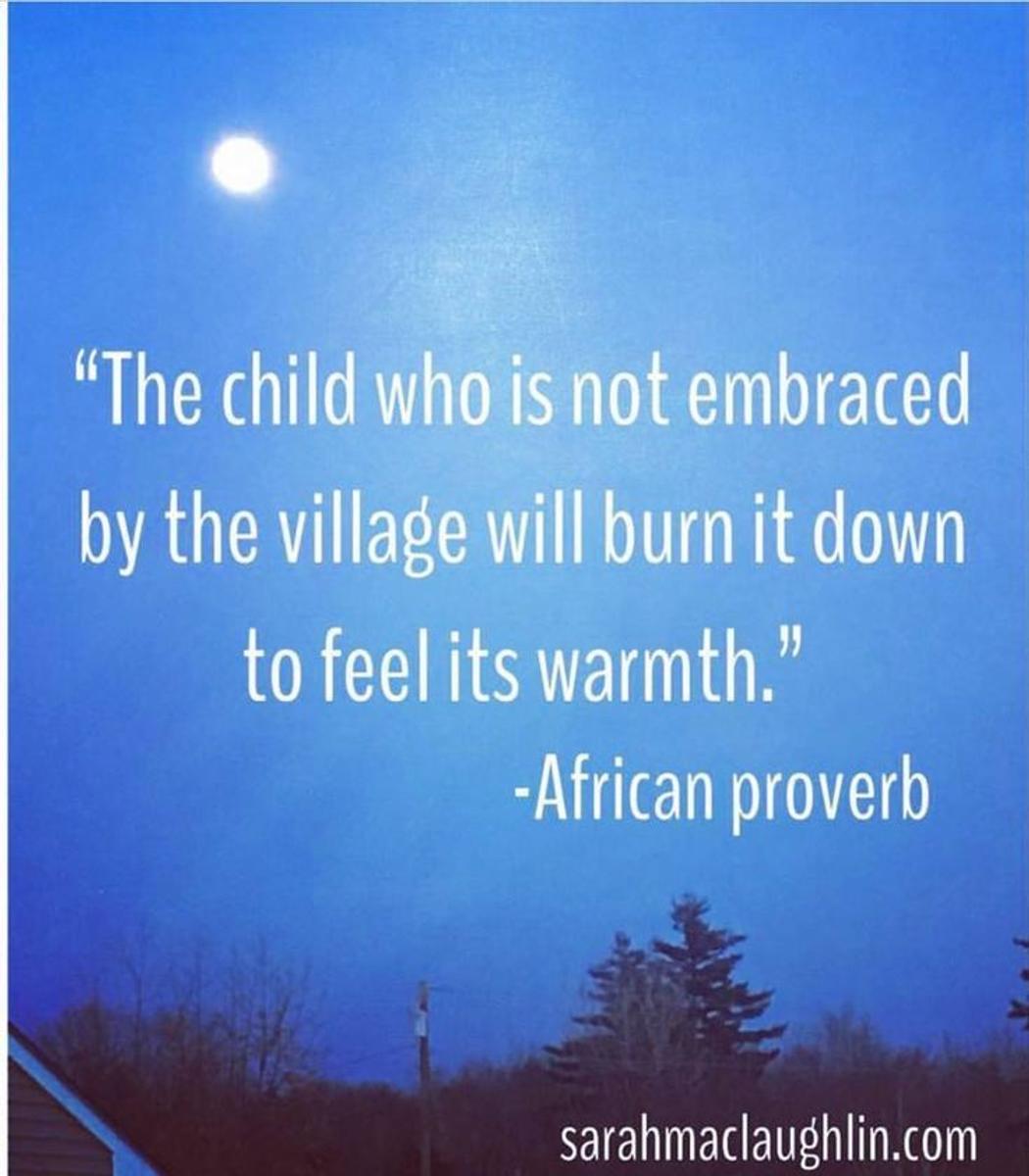Student Wellbeing
Student Wellbeing encompasses the following areas: Student Engagement, Student Connectedness, Classroom Climates, Inclusion and Prevention to Intervention

Student Wellbeing
Student Wellbeing encompasses the following areas: Student Engagement, Student Connectedness, Classroom Climates, Inclusion and Prevention to Intervention


https://www.parentingideas.com.au/search/caring
Caring or successful? Which would you choose for your child? Fortunately, the two aims aren’t mutually exclusive, but it’s an interesting question as your answer will demonstrate your values.
Are you more likely to encourage kindness or effort in your child? Are you more likely to recognise a child’s words of encouragement to a sibling or their clever turn of phrase?
I suspect most parents rank a sense of caring for others as a high priority. Few parents want to raise a mean-spirited, self-centred child with little empathy or care for the welfare of others. But looking out for others doesn’t come easily to all children, particularly when families are small and child-centric.
Caring is important for community wellbeing
If the basic task of parents is to socialise children, then a focus on caring for others should be a higher priority than individual success. The well-being of our community depends on the first rather than the latter.
Author Anthony D’Angelo wrote, “Without a sense of caring, there can be no sense of community.” Families and schools are better places when care takes priority over attainment. They are both toxic when caring for others is not valued or encouraged.
Caring for others sits with community development and individual competency as essential leadership qualities to develop in children and young people. Caring for others is also a quality that you can encourage at home. These strategies will help you get the ball rolling.
Put caring into words
Families have their own proprietary language. That is, they develop meaningful words and phrases that reflect their values and activities. In my family, the term ‘non-negotiable’ has a specific meaning, referencing a ritual such as mealtime that everyone is expected to attend. Its ‘non-negotiable’ nature reinforces our core value of family connectedness. Similarly, regular use of caring language such as encouragement, words of kindness and phrases of appreciation can become an integral part of your family’s vernacular.
Making kindness normal
Kindness is caring in action. It’s impossible to be kind to another person and be selfish at the same time. A smile, a small gift, or an offer of assistance are simple acts of kindness that display caring and connection to others. You can promote kindness in your child through encouragement, modelling and recognition.
Practise concern for others
Three-year-old Grace fell heavily from a table, giving herself a shock. Five-year-old Ruby immediately reached for her sister, hugging her until she calmed down. Ruby’s immediate concern was for her sister’s well-being, which was acknowledged by her grateful parents.
Help at home, without being paid
Children in families that place a high value on caring for others generally perform household chores without the lure of money. They do so because they’ve been taught that helping is a caring activity. “We help each other because we care for each other” is the unspoken code here. Kids who care for others think “what’s in it for us” rather than “what’s in it for me”. The latter is a self-centred approach to life.
In closing
Caring is a higher-level quality that needs nurturing. It doesn’t always occur naturally. Studies have shown that caring is kick-started earlier in children who belong to large families presumably because children are put in a position to care for and look out for siblings in quasi-parenting roles. Being raised in small families doesn’t deny altruism development in kids. It does mean that you may need to work a little harder to awaken caring in your child.